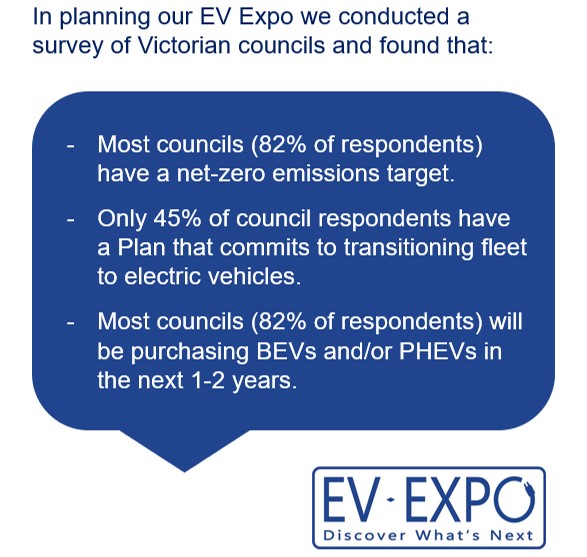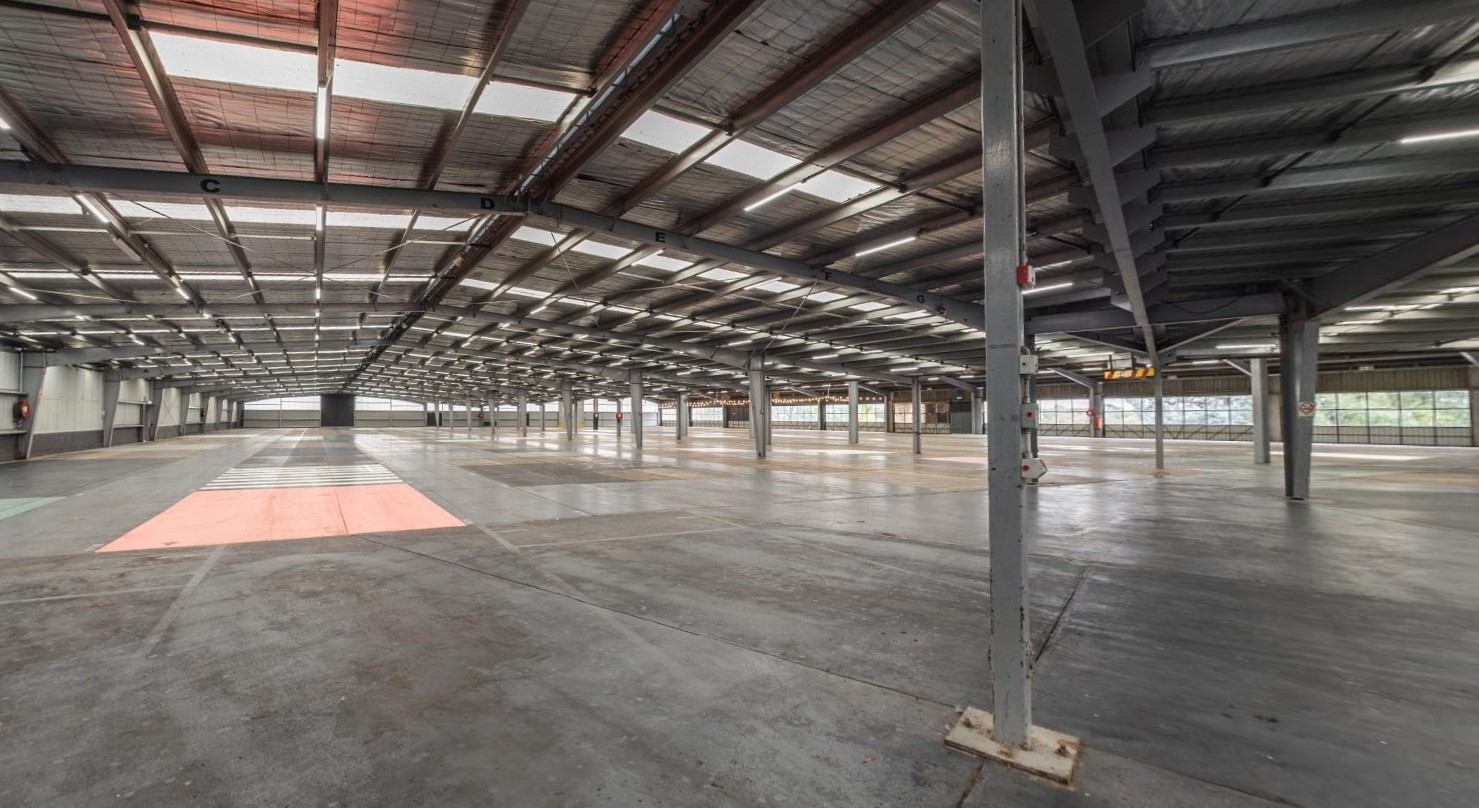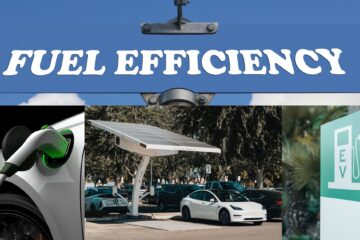“Say-Do” Gap is Emerging
Recent findings from OC&C’s Report on Electrifying Australia’s Fleets: Closing the “Say-Do” Gap:
- Commercial fleets account for 48% of vehicle sales and contribute approximately 15-20% of Australia’s total net emissions.
- Today, EVs make up less than 5% of fleet purchases, despite the 20% of ASX200 companies that have set specific EV transition plans.
- There is evidence that a “say-do” gap is emerging (the gap between what corporations say and do).
- EVs only represent <1% of corporate fleets today.
Our own research showed a gap between commitment to net-zero emissions targets (82%) and adoption of net-zero fleet transition plans (45%).

Putting the Commitment Into Action
Once a council adopts a net-zero emissions target, it must take deliberate and strategic steps to ensure alignment across its operations—particularly in fleet procurement. One of the most tangible and impactful actions is to revise the council’s 10-year fleet replacement program to prioritise the procurement of zero-emission vehicles (ZEVs) as replacements for internal combustion engine (ICE) vehicles.
However, commitments alone do not deliver emissions reductions. To translate net-zero aspirations into measurable outcomes, councils must embed these goals into their long-term financial planning frameworks. This requires:
- Adjustments to the Capital and Operating Budgets based on ten-year replacement programs to accommodate the upfront costs of procuring ZEVs and supporting charging infrastructure;
- Adoption of whole-of-life cost analysis to account for the long-term financial and environmental benefits of zero-emission replacement alternatives;
- Adoption of procurement selection criteria that favour vehicles meeting or exceeding established environmental performance thresholds;
- Integration of emissions targets into asset management and service planning frameworks, ensuring consistency across all corporate plans.
Making the Fleet Investment
Without dedicated and sustained investment, a council’s net-zero fleet transition remains aspirational rather than operational. Funding is the critical enabler. If the transition is not appropriately resourced through the budget process, the necessary fleet changes cannot be implemented, and progress toward net-zero emissions will stall.
Real progress is achieved only when strategic intent is supported by financial commitment. Aligning fleet investment with net-zero targets ensures that councils lead by example, demonstrating climate leadership while modernising their operational capability.



0 Comments